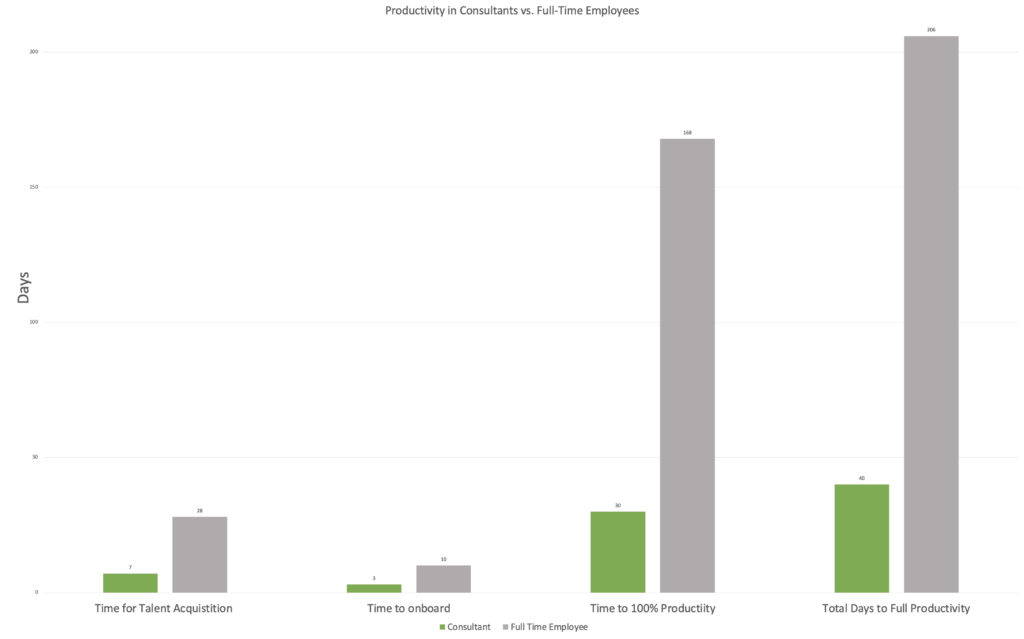EPMO in 2023
Leave a CommentJohn F. Kennedy said that “Change is the law of life.” His thoughts certainly are appropriate for the current state of employment in the US. We have seen such dramatic changes since the “Great Resignation” in 2021.
During 2021, we experienced record breaking changes in employment. In fact, 2021 delivered the highest average on record for employees leaving their employer, which equated to an average of 3.9 million resignations each month.
In contrast, throughout 2023 we’ve seen headcount reductions across all business sectors. Time Magazine reports that close to 172,000 people have lost their employment in the tech sector alone. Other organizations such as Disney, Blackrock, Goldman Sachs, Bed Bath and Beyond, and many more have also reduced their headcount significantly.
You may be thinking these data points really aren’t that interesting or you may be thinking this news really isn’t that important.
What these staggering numbers do not address is the impact that significant attrition or staff reductions can have on an organization. When organizations lose experience, knowledge, and expertise in large numbers, most organizations have a difficult time maintaining or even regaining their momentum, let alone meeting their annual business objectives.
There are numerous steps organizations can take to help reduce this type of impact and support their ongoing momentum. One suggestion that we will focus on today is the creation of an Enterprise Project Management Office that will provide:
- Executive exposure to strategic programs and projects
- Focused support and consistent reporting with the intention of improving outcomes over time
- Consistent methods and processes for approving, initiating, staffing, and implementing programs and projects
The structure of an EPMO provides visibility, knowledge of the strategic programs across the organization, and a clear set of methods and processes for teams to follow. All of these are key areas that help prevent loss of knowledge when an organization is facing a high attrition rate.
Additionally, an EPMO can provide guidance on how to implement cost reporting in an organization and to build upon that reporting, can help identify and measure areas of cost savings. An EPMO is often the right organization to assist with data-based decision making as well.
These types of consistent processes and knowledge sharing are key to supporting an effective operational structure that will provide the support needed to achieve business objectives.
If you would like to learn more about how to implement a successful Enterprise Project Management Office in your organization, you may want to work with a small team, with deep expertise and real experience, to help you create the desired outcome.
If you have an interest in learning more, give us a call.
-Core Catalysts Team


